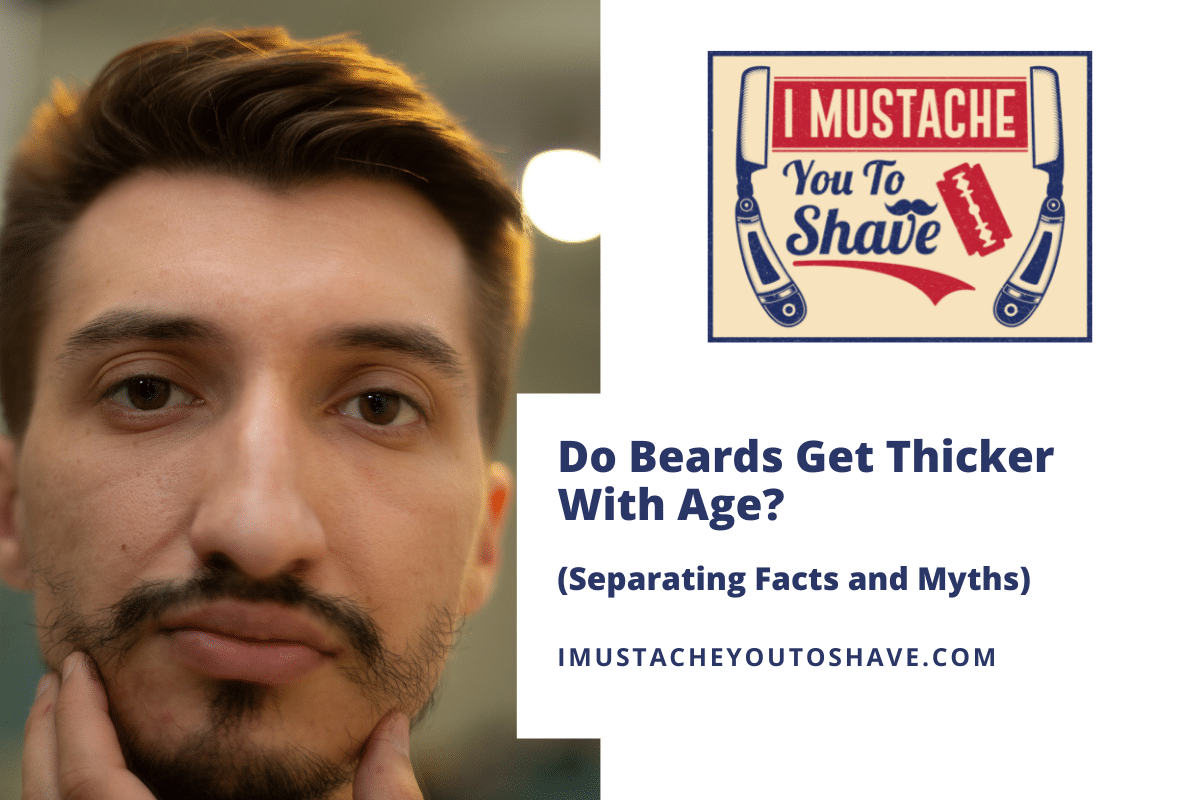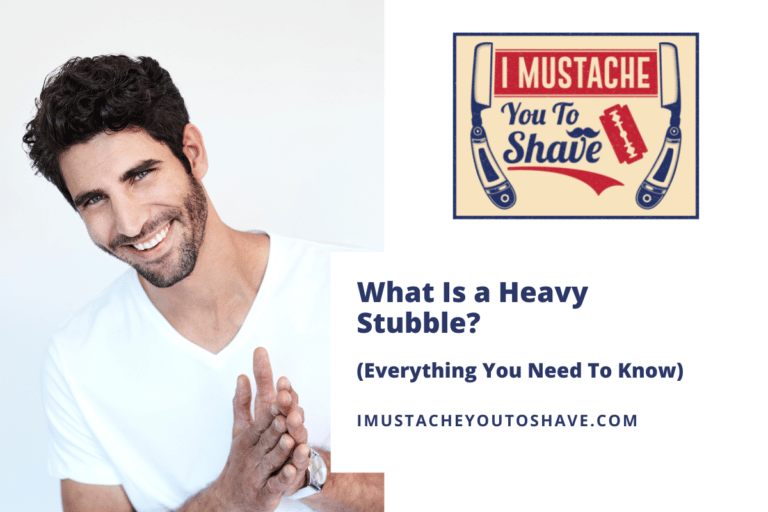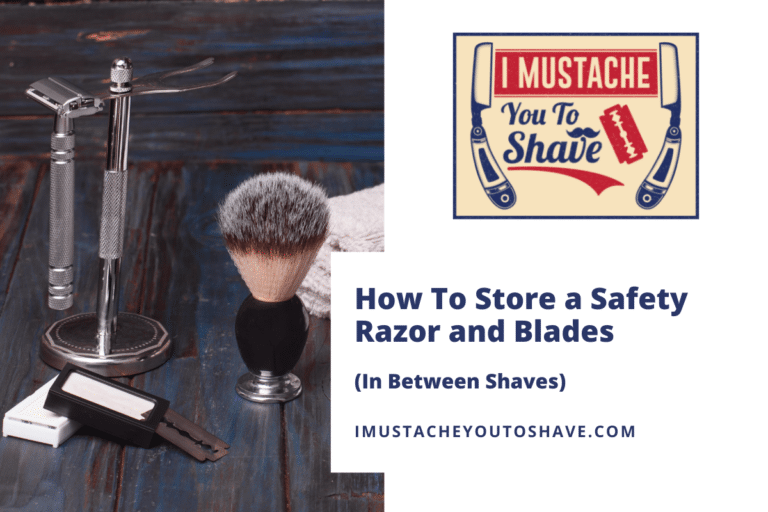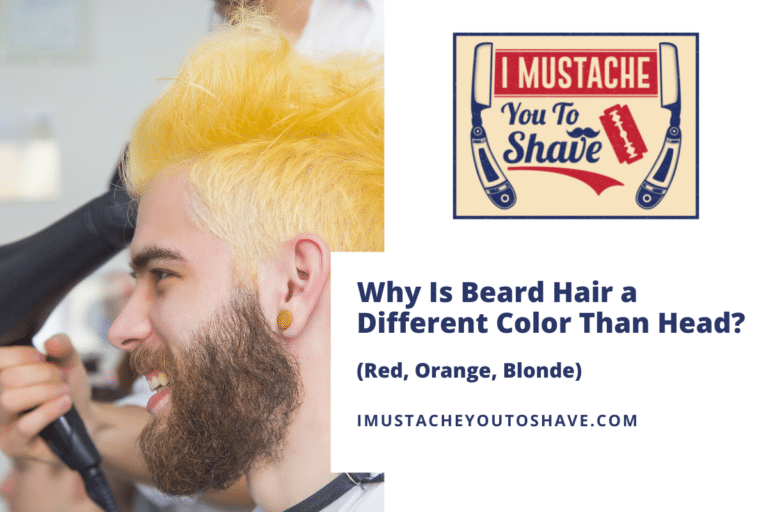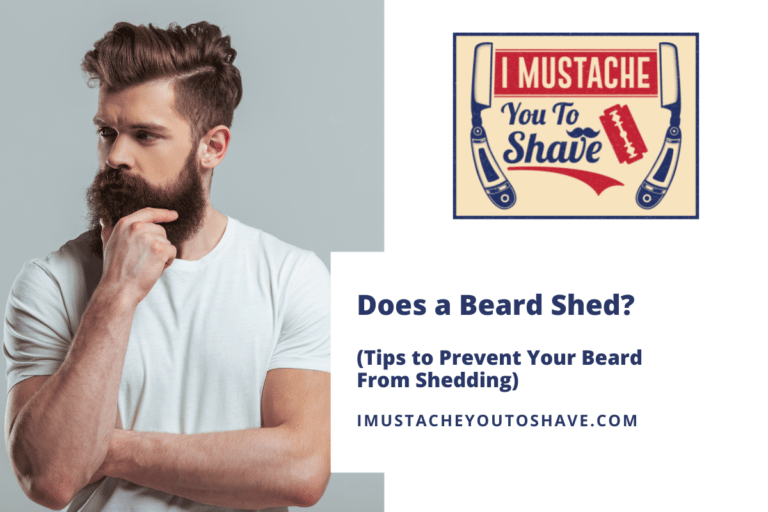Do Beards Get Thicker With Age? (Separating Facts and Myths)
We’ve all heard that shaving makes hair grow faster, but that myth has been busted. Do beards get thicker with age, or is that a myth as well?
A beard will grow throughout a man’s lifetime but will never thicken much further than when it fully matures around age 30. The growth rate will fluctuate during developmental stages, meaning that the beard will grow quickly at first, then slowly, then quickly again. You can help encourage your beard’s growth through diet, exercise, and styling.
Read on to learn about the facts and fiction of beard growth, plus what you can do to make your beard as thick and full as possible.
Do beards really get thicker and fuller as you age?
The transition from the peach fuzz of adolescence to adult thickness occurs during a few physiological stages of development.
While it may start slowly during puberty, a man’s beard will reach its full maturity by roughly age 30. The thickness and fullness will largely be the result of genetics and nutrition. After age 30, the growth pattern is set.
Along with appropriate genes, testosterone is the catalyst to grow a thick beard. Androgen receptors in facial hair follicles will cause facial hair to increase in coarseness and darken in color as we reach a certain physical maturity.
The myth about shaving causing increased hair growth has been debunked time and again. After a young man shaves for the first time it may not be necessary to shave again for a few weeks. A year later it may become necessary to shave a bit more often. It seems as though the more he shaves the more frequently it is required. He is just noticing the natural development of his beard.
If the myth were true regarding shaving as a growth stimulator then most men would resemble Wookies by their golden years!
What age do beards start getting thicker?
There is no magic time at which beards start to get thicker, but there are some predictable patterns.
It varies from man to man, but the thick coarse hair of manhood will begin to replace pubescent whiskers between 18 and 25.
Post-pubescent beard growth is a process of replacing vellus hair (fine peach fuzz) with terminal hair (coarse dark whiskers). It takes some time to develop as the male body is diverting hormones and nutrients to grow bigger and stronger. A beard is of no real survival benefit to the man so it doesn’t develop quickly or at all in some cases.
Do empty patches in a beard fill in over time?
If your beard is patchy, you may wonder if it will fill in properly over time or if you’re doomed to a life of shaving every morning or living with a less-than-impressive beard.
Not all follicles within the face produce growth at the exact same rate and some patches will fill in as your hair matures. There are some exceptions to be made for certain disorders that should be treated by a health care provider.
In some cases, such as Alopecia Barbae, beards may begin to lose whiskers. Alopecia Barbae is an autoimmune disorder that causes the body to attack hair follicles and can stop hair growth. If large hairless patches of the beard begin to appear consult a dermatologist.
Beards can grow slightly unevenly and sometimes the hair grows in odd directions which gives an appearance of unevenness. Try brushing your beard in a uniform direction after a shower before attempting to trim the beard to appear even.
Some men see beard growth beginning just under the lower lip while others have a W shape growth pattern. Those natural holes in the growth pattern will likely never fill in as they lack the follicle structures needed.
When does beard growth and thickness slow down or stop?
A beard will grow throughout a man’s lifetime but the progression will never thicken further than when it fully matures at about age thirty.
The thickness of beard growth actually fluctuates. Hair follicles will produce whiskers up to a certain length then enter a rest period before producing new growth to replace the old.
Hair follicles also can only produce hair to a certain extent known as terminal length. There are 3 stages to beard growth:
- Anagen phase – During this initial stage, whiskers grow relatively quickly.
- Catagen phase – This a resting stage, during which the follicle and hair growth will slow for 3-6 months.
- Telogen phase – After the catagenic rest, old beard hairs that have reached their terminal length will fall out and be replaced by new whiskers.
Want to learn more about your beard’s terminal length? Check out this article!
If you notice your growth begin to stall it is important to be patient. This is the time to really get serious about diet and maintenance. You will want to fuel your body so that when the next growth stage begins it is with healthy new hair.
If you notice an alarming rate of hair loss you should consult your health care provider to determine the underlying cause as this could be something quite severe and not a product of getting older.
Why is beard thickness different from man to man?
Beard envy is real.
Facial hair begins with the follicle. Some men are genetically blessed with a more substantial volume of hair follicles that stems from particular ancestry. Many ethnic origins outside of Europe, The Middle East, and parts of Africa, with some exceptions, do not grow facial hair with any significant fullness.
If you are 29 years old with a facial hair growth similar to Joe Dirt you will likely not see a beard like Gandalf’s sprout within the next year. You can blame this on your genetics. It does not, by any means, make you any less of a man.
Nutrition also plays a large part in beard thickness and fullness. Testosterone with also a major player in beard growth. But neither make any difference if there are no hair follicles present to trigger.
Beard maintenance is also a factor in a thicker beard appearance. By washing, oiling, and brushing a weak beard will begin to appear healthier.
What makes a beard look thicker and fuller?
What makes a beard really powerful can be defined in a few terms.
Good physical health is the cornerstone of a thick beard. The genetic markers can be in place and your beard could appear malnourished. Density, length, and thickness will occur on their own but can be amplified with dedication to a healthy lifestyle.
There are a number of contributing factors to beard thickness. We have pulled just a few from Beard Competition Judging Criteria:
- Density
- Length
- Thickness
- Color
- Health
Though you may never have such an elaborate growth as some beard and mustache champions you may find that what they regard as a healthy beard transcends into everyday appreciation.
Density
Density is the number of hair follicles found in a given area of the face. The density range of the typical male beard is 20 to 80 follicles/cm2.
Length
The normal terminal length of a beard is somewhere between 12 and 36 inches.
During the initial anagen phase, a man can expect at least 12 inches of growth.
Thickness
Some whiskers are thicker than others. The thicker hair will give a more full appearance to the beard.
As a beard reaches its maturity, the wispy growth will be replaced by terminal hair which will be more robust.
Color
Dark color hair will appear more easily than lighter colors.
Those blessed with black and dark brown hair will certainly appear to have a thicker growth.
Health
A topic that is not discussed often enough is how diet and even exercise are reflected in the hair.
Proper hydration, vitamins, and some hormones fuel the hair follicles to produce well-nourished whiskers. Stress can also affect growth and even cause hair loss.
How to help your beard grow and look thicker (backed by science)
We once again took to the Beard Growing champions for tips and tricks and found the science to back it up. What is good for the body is good for the beard.
There is no scientific evidence for any beard growth serums. There is, of course, anecdotal evidence but these claims also coincide with that of the Catagen stage ending and the Telogen stage beginning.
The best ways to grow a thicker and fuller beard are:
- Diet
- Exercise
- Hygiene
- Moisturization
- Styling
Many of these tips, especially dietary intake, are for the long term and not overnight fixes. It takes your body some time to replace cells and you are effectively supplying your body with nutrients to fortify new cellular growth.
Diet
There is a saying in bodybuilding: muscles are made in the kitchen. Beards operate the same way and can see their maximum benefit with a proper diet.
When we say diet we mean nutrients such as protein, vitamin C, Omega-3s, vitamin D, and biotin are just a few essential nutrients that will produce a serious beard.
There are supplements available to those who cannot get these benefits from diet alone.
Exercise
What is good for the body is good for the beard. While there are no specific lifts that will work your beard out, with exercise comes testosterone production.
Higher testosterone means more androgen which has been directly linked to beard growth.
Hygiene
We want the beard to appear healthy so we must clean it.
Find a good nourishing beard wash. This will help maintain a good sheen and contribute to moisturizing and also prevent beardruff.
Those newly cleaned whiskers will appear more full and be more manageable during styling.
Moisturization
Consider an old dry sponge. If it just looks dried out and bad you add moisture and can immediately see the vitality return. Beard oil works much in the same way with additional benefits.
Beard oil is extremely important in beard thickness as the dry hair will absorb some moisture and the oil will also prevent further drying. That moisture-filled beard will seem a lot more full than that dry sad one. Argan oil, coconut oil, and castor oil will be absorbed quickly and can be reapplied throughout the day.
Oil also provides a sheen that presents a healthy appearance.
Styling
Nothing makes a beard look worse than when it looks unkempt. You have put in all the diet and exercise and moisture so now you must brush it.
Most beards do not appear to grow evenly because of a particular growth pattern. Brushing and styling get through stray whiskers in line with the rest which will make a huge difference in overall appearance.
You will also need to look out for dead hair and split ends and trim them out.

